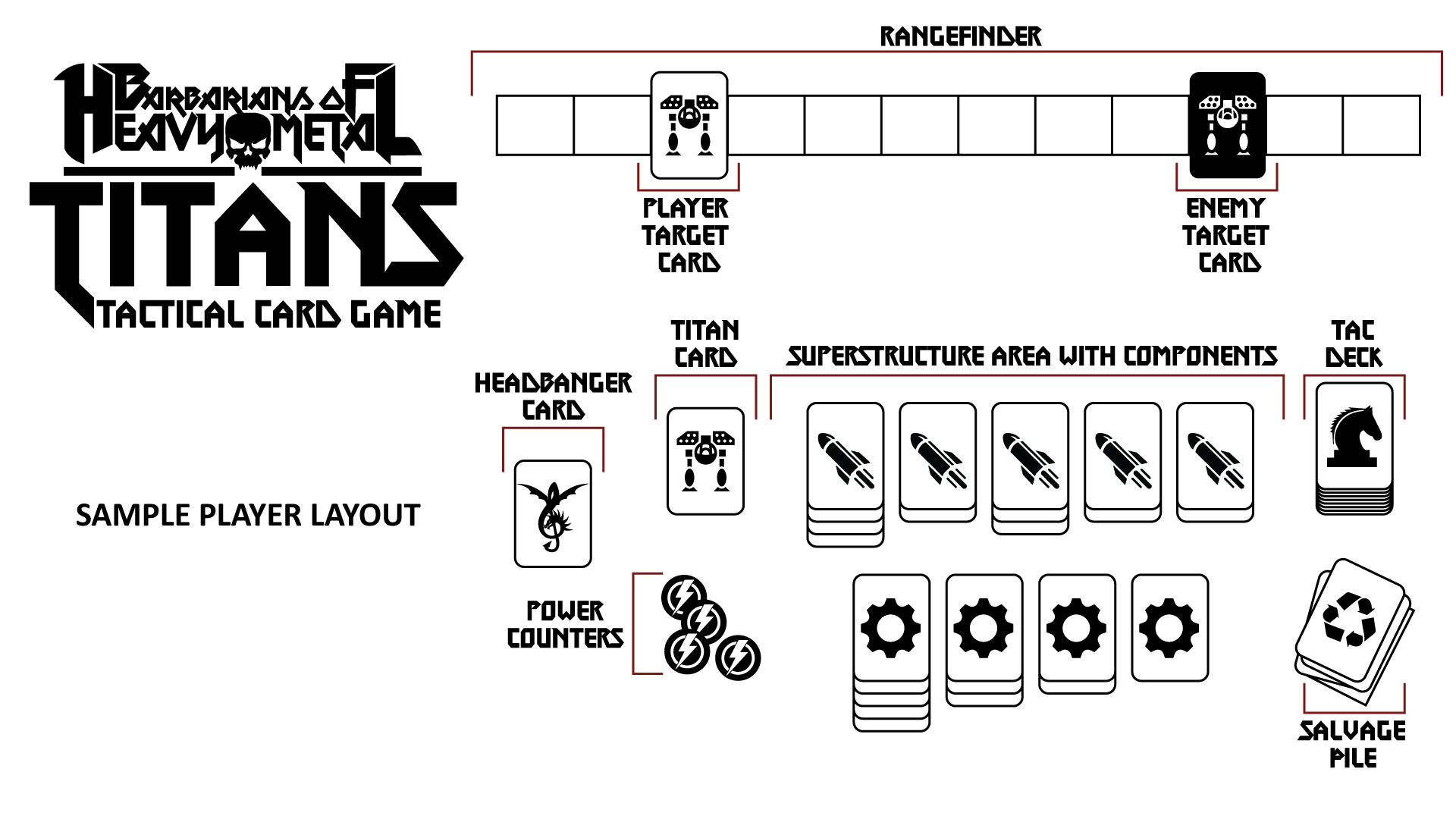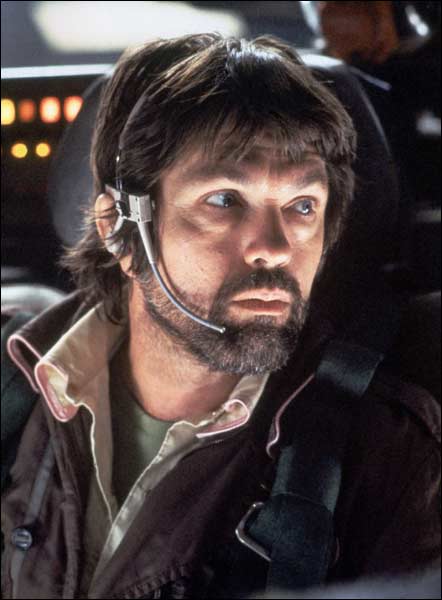

In the West, intellectual life was marked by scholasticism, a philosophy that emphasised joining faith to reason, and by the founding of universities. Kings became the heads of centralised nation states, reducing crime and violence but making the ideal of a unified Christendom more distant. The Crusades, which began in 1095, were military attempts by Western European Christians to regain control of the Holy Land from Muslims, and also contributed to the expansion of Latin Christendom in the Baltic region and the Iberian Peninsula. This period also saw the formal division of the Catholic and Orthodox churches, with the East–West Schism of 1054. Manorialism, the organisation of peasants into villages that owed rent and labour services to the nobles, and feudalism, the political structure whereby knights and lower-status nobles owed military service to their overlords in return for the right to rent from lands and manors, were two of the ways society was organised in the High Middle Ages.

It covered much of Western Europe but later succumbed to the pressures of internal civil wars combined with external invasions: Vikings from the north, Magyars from the east, and Saracens from the south.ĭuring the High Middle Ages, which began after 1000, the population of Europe increased greatly as technological and agricultural innovations allowed trade to flourish and the Medieval Warm Period climate change allowed crop yields to increase. The Franks, under the Carolingian dynasty, briefly established the Carolingian Empire during the later 8th and early 9th centuries. In the West, most kingdoms incorporated extant Roman institutions, while new bishoprics and monasteries were founded as Christianity expanded in Europe.
#Best teather setting void hunters code#
Secular law was advanced greatly by the Code of Justinian.

The still-sizeable Byzantine Empire, Rome's direct continuation, survived in the Eastern Mediterranean and remained a major power. Although there were substantial changes in society and political structures, the break with classical antiquity was not complete. In the 7th century, North Africa and the Middle East – most recently part of the Eastern Roman (or Byzantine) Empire – came under the rule of the Umayyad Caliphate, an Islamic empire, after conquest by Muhammad's successors. The large-scale movements of the Migration Period, including various Germanic peoples, formed new kingdoms in what remained of the Western Roman Empire. Population decline, counterurbanisation, the collapse of centralized authority, invasions, and mass migrations of tribes, which had begun in late antiquity, continued into the Early Middle Ages. The medieval period is itself subdivided into the Early, High, and Late Middle Ages. The Middle Ages is the middle period of the three traditional divisions of Western history: classical antiquity, the medieval period, and the modern period. It began with the fall of the Western Roman Empire and transitioned into the Renaissance and the Age of Discovery. In the history of Europe, the Middle Ages or medieval period (also spelled mediæval or mediaeval) lasted approximately from the late 5th to the late 15th centuries, similar to the post-classical period of global history. The Cross of Mathilde, a crux gemmata made for Mathilde, Abbess of Essen (973–1011), who is shown kneeling before the Virgin and Child in the enamel plaque.


 0 kommentar(er)
0 kommentar(er)
